
Immich is a very high performance self-hosted photo and video backup solution directly from your mobile phone. You can run Immich on your Synology NAS and it lets you upload photos and videos from your browser or mobile phone via the dedicated Android Immich app or the iOS Immich app. The Immich user interface feels like Google Photos, especially if you are using the mobile apps. In this step by step guide I will show you how to install Immich on your Synology NAS using Docker and Portainer.
This guide works perfectly with the latest Immich v2.4.1 release.
STEP 1
Please Support My work by Making a Donation.
STEP 2
Install Portainer using my step by step guide. If you already have Portainer installed on your Synology NAS, skip this STEP. Attention: Make sure you have installed the latest Portainer version.
STEP 3
Go to File Station and open the docker folder. Inside the docker folder, create one new folder and name it immich. Follow the instructions in the image below.
Note: Be careful to enter only lowercase, not uppercase letters.
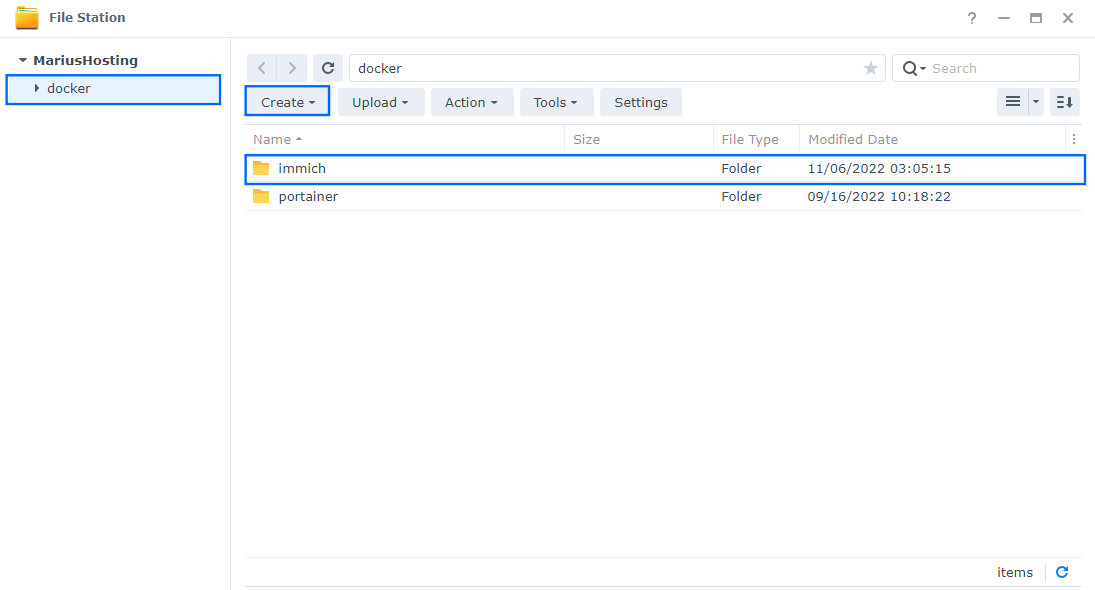
STEP 4
Now create six new folders inside the immich folder that you created at STEP 3 name them cache, db, matplotlib, micro, redis, upload. Follow the instructions in the image below.
Note: Be careful to enter only lowercase, not uppercase letters.
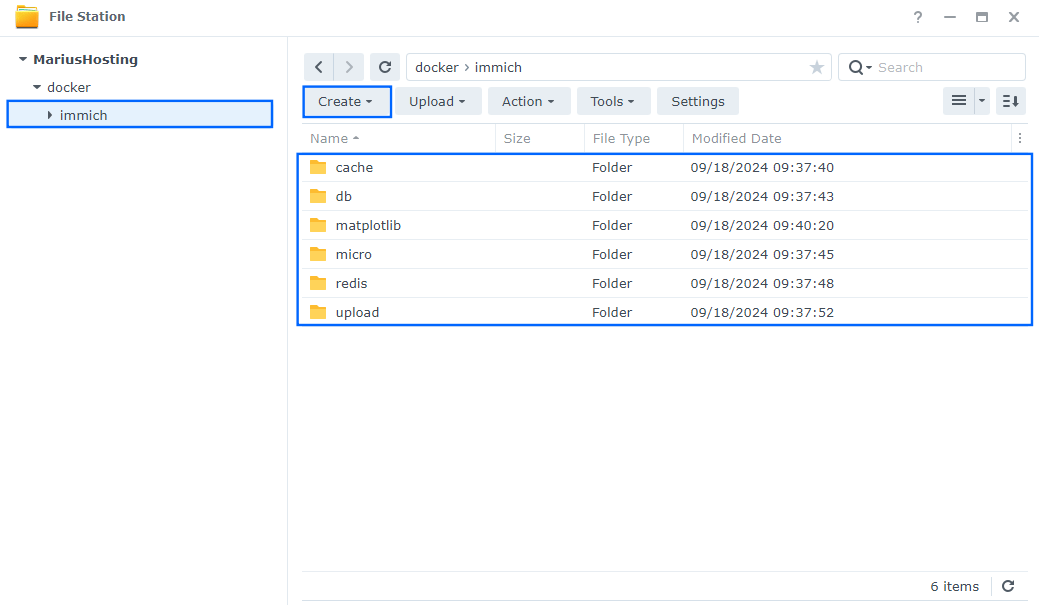
STEP 5
Log into Portainer using your username and password. On the left sidebar in Portainer, click on Home then Live connect. Follow the instructions in the image below.

On the left sidebar in Portainer, click on Stacks then + Add stack. Follow the instructions in the image below.

STEP 6
In the Name field type in immich. Follow the instructions in the image below.
services:
immich-redis:
image: redis
container_name: Immich-REDIS
hostname: immich-redis
security_opt:
- no-new-privileges:true
healthcheck:
test: ["CMD-SHELL", "redis-cli ping || exit 1"]
user: 1026:100
environment:
- TZ=Europe/Bucharest
volumes:
- /volume1/docker/immich/redis:/data:rw
restart: on-failure:5
immich-db:
image: ghcr.io/immich-app/postgres:16-vectorchord0.4.3-pgvectors0.2.0
container_name: Immich-DB
hostname: immich-db
security_opt:
- no-new-privileges:true
healthcheck:
test: ["CMD", "pg_isready", "-q", "-d", "immich", "-U", "immichuser"]
interval: 10s
timeout: 5s
retries: 5
shm_size: 128mb
volumes:
- /volume1/docker/immich/db:/var/lib/postgresql/data:rw
environment:
- TZ=Europe/Bucharest
- POSTGRES_DB=immich
- POSTGRES_USER=immichuser
- POSTGRES_PASSWORD=immichpw
#- DB_STORAGE_TYPE=HDD #Remove the red # in front of the – DB_STORAGE_TYPE=HDD if your database isn’t stored on SSDs.
restart: on-failure:5
immich-server:
image: ghcr.io/immich-app/immich-server:release
container_name: Immich-SERVER
hostname: immich-server
user: 1026:100
security_opt:
- no-new-privileges:true
env_file:
- stack.env
ports:
- 8212:2283
volumes:
- /volume1/docker/immich/upload:/data:rw
restart: on-failure:5
depends_on:
immich-redis:
condition: service_healthy
immich-db:
condition: service_started
immich-machine-learning:
image: ghcr.io/immich-app/immich-machine-learning:release
container_name: Immich-LEARNING
hostname: immich-machine-learning
user: 1026:100
security_opt:
- no-new-privileges:true
env_file:
- stack.env
volumes:
- /volume1/docker/immich/upload:/data:rw
- /volume1/docker/immich/cache:/cache:rw
- /volume1/docker/immich/cache:/.cache:rw
- /volume1/docker/immich/cache:/.config:rw
- /volume1/docker/immich/matplotlib:/matplotlib:rw
environment:
- MPLCONFIGDIR=/matplotlib
restart: on-failure:5
depends_on:
immich-db:
condition: service_started
Note: Before you paste the code above in the Web editor area below, change the value numbers for user with your own UID and GID values. (Follow my step by step guide on how to do this.) 1026 is my personal UID value and 100 is my personal GID value. You have to type in your own values.
Note: Before you paste the code above in the Web editor area below, change the value for TZ. (Select your current Time Zone from this list.)
Note: Remove the red # in front of the – DB_STORAGE_TYPE=HDD if your database isn’t stored on SSDs.
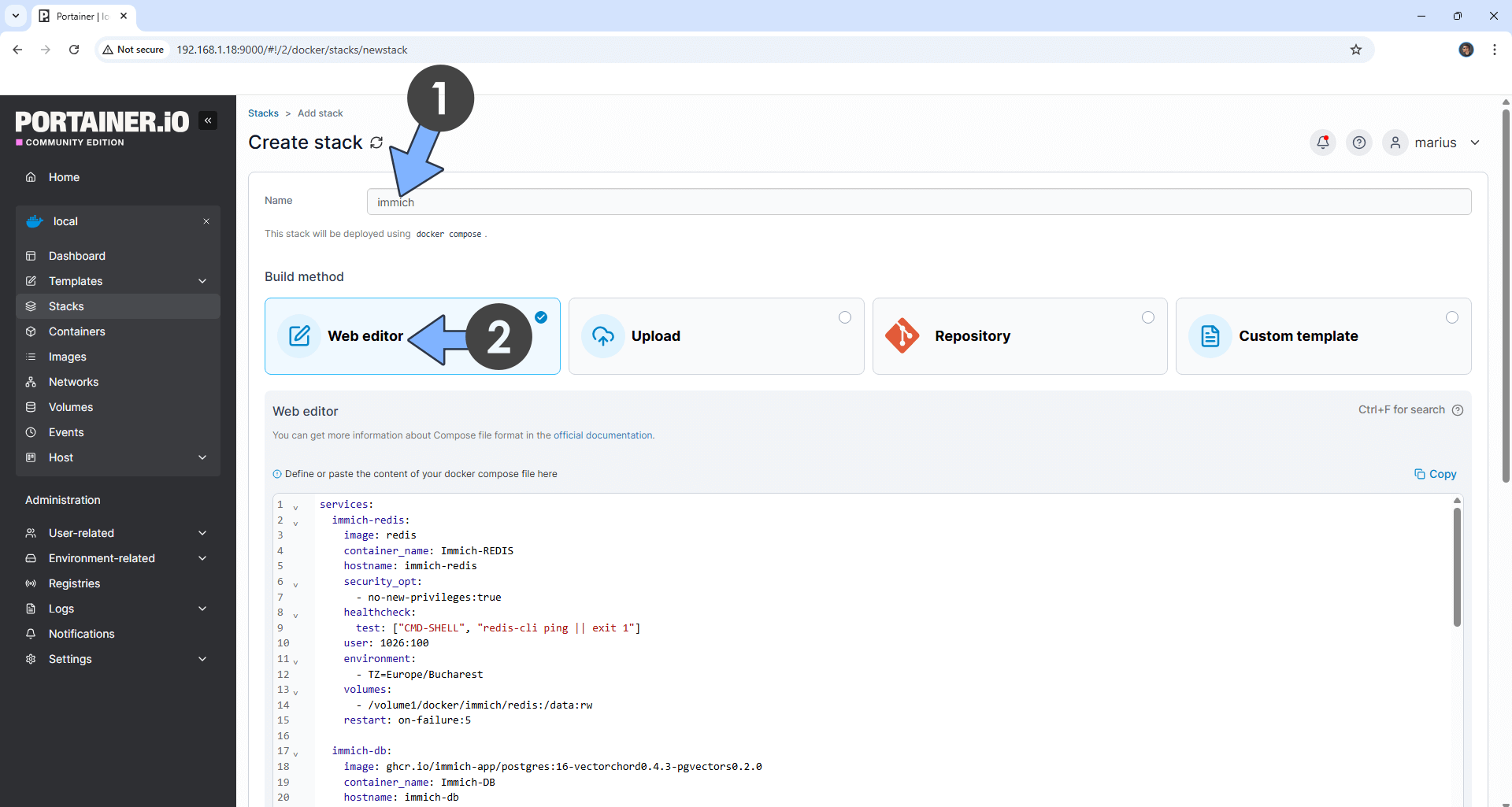
STEP 7
Click the Upload button after Web editor. Download the stack.env file by clicking the blue link below and then upload it from your computer in the “Load variables from .env files“. Follow the instructions in the image below. 🔒Note: Support my work to unlock the password. You can use this password to download any file on mariushosting forever!
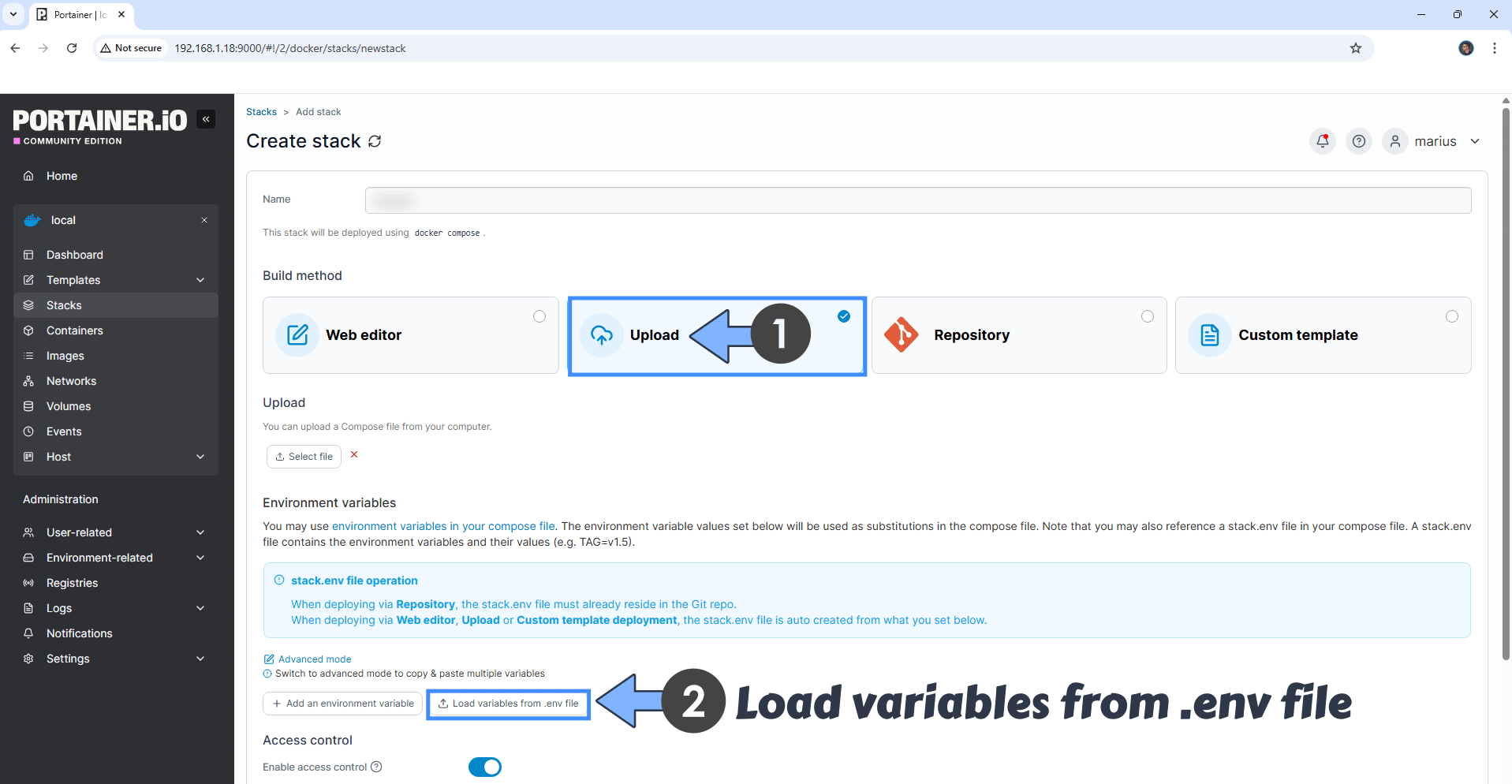
STEP 8
Add your own Time Zone value. In my case, Europe/Bucharest. (Select your current Time Zone from this list.) Follow the instructions in the image below.
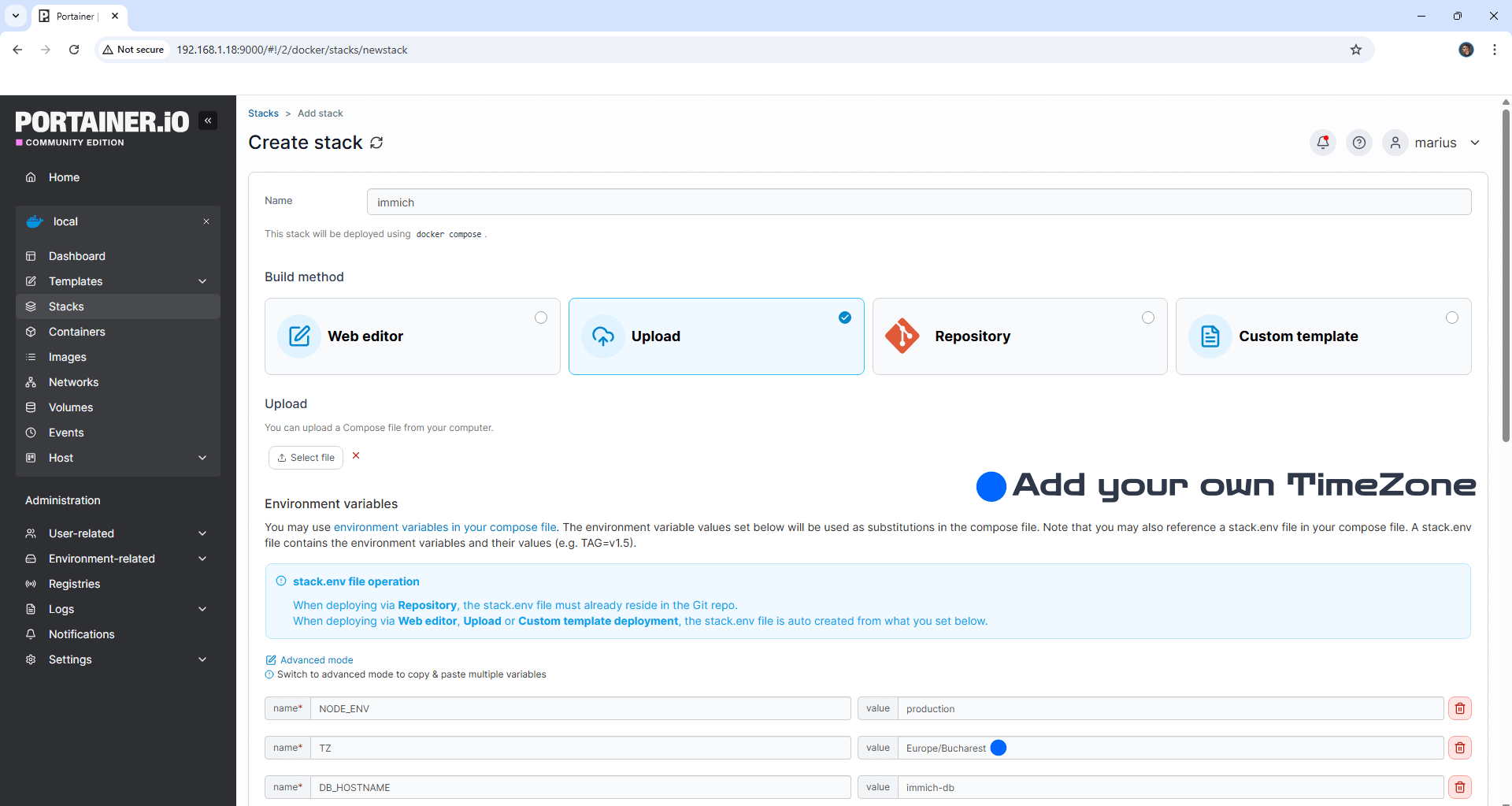
STEP 9
After you make the change and add your own TZ value at STEP 8, click the Web editor button. Follow the instructions in the image below.
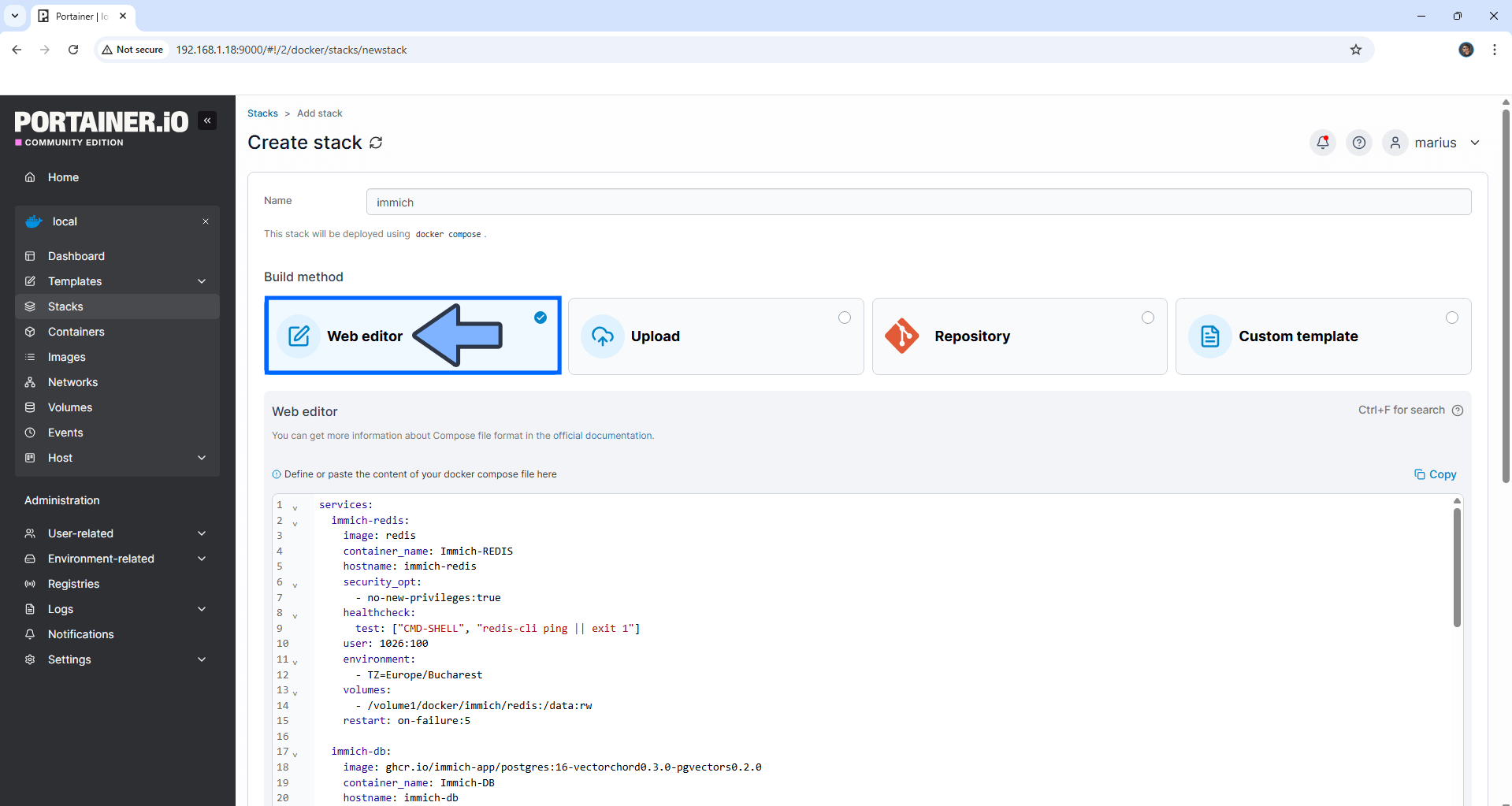
STEP 10
It’s also recommended to change the JWT_SECRET environment variable with your own auto 128 length generated one. Scroll down on the page until you see a button named Deploy the stack. Click on it. Follow the instructions in the image below. The installation process can take up to a few minutes. It will depend on your Internet speed connection. Note: Immich requires approximately 4 GB of image files to be downloaded.
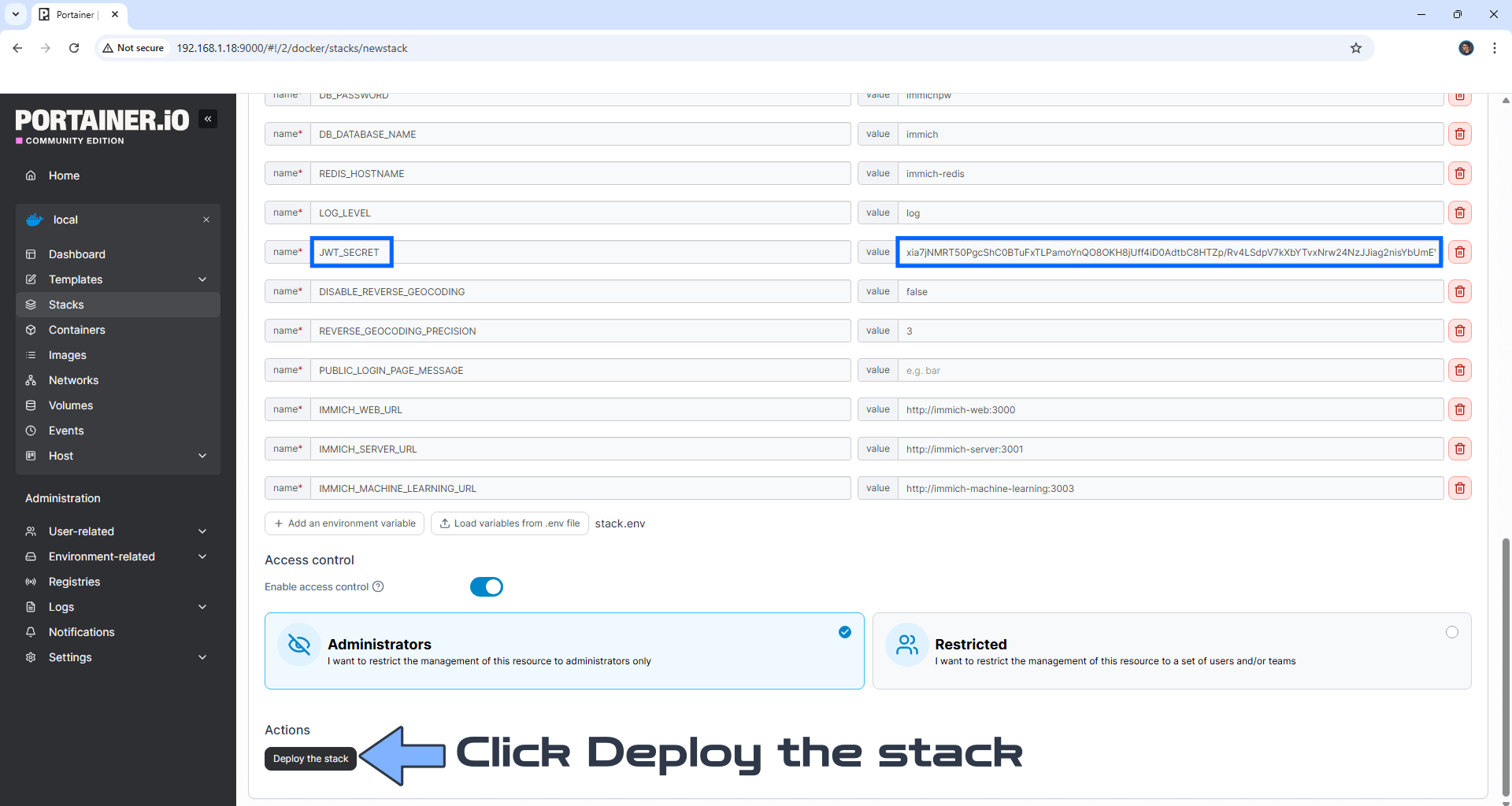
STEP 11
If everything goes right, you will see the following message at the top right of your screen: “Success Stack successfully deployed“.

STEP 12
Please Support My work by Making a Donation. Almost 99,9% of the people that install something using my guides forget to support my work, or just ignore STEP 1. I’ve been very honest about this aspect of my work since the beginning: I don’t run any ADS, I don’t require subscriptions, paid or otherwise, I don’t collect IPs, emails, and I don’t have any referral links from Amazon or other merchants. I also don’t have any POP-UPs or COOKIES. I have repeatedly been told over the years how much I have contributed to the community. It’s something I love doing and have been honest about my passion since the beginning. But I also Need The Community to Support me Back to be able to continue doing this work.
STEP 13
Please wait approximately 2 minutes for the installation to be completed or you will get a blank page if you try to connect too soon. The installation process can take up to a few seconds/minutes. It will depend on your Internet speed connection. Now open your browser and type in http://Synology-ip-address:8212 Click Getting Started. Follow the instructions in the image below.
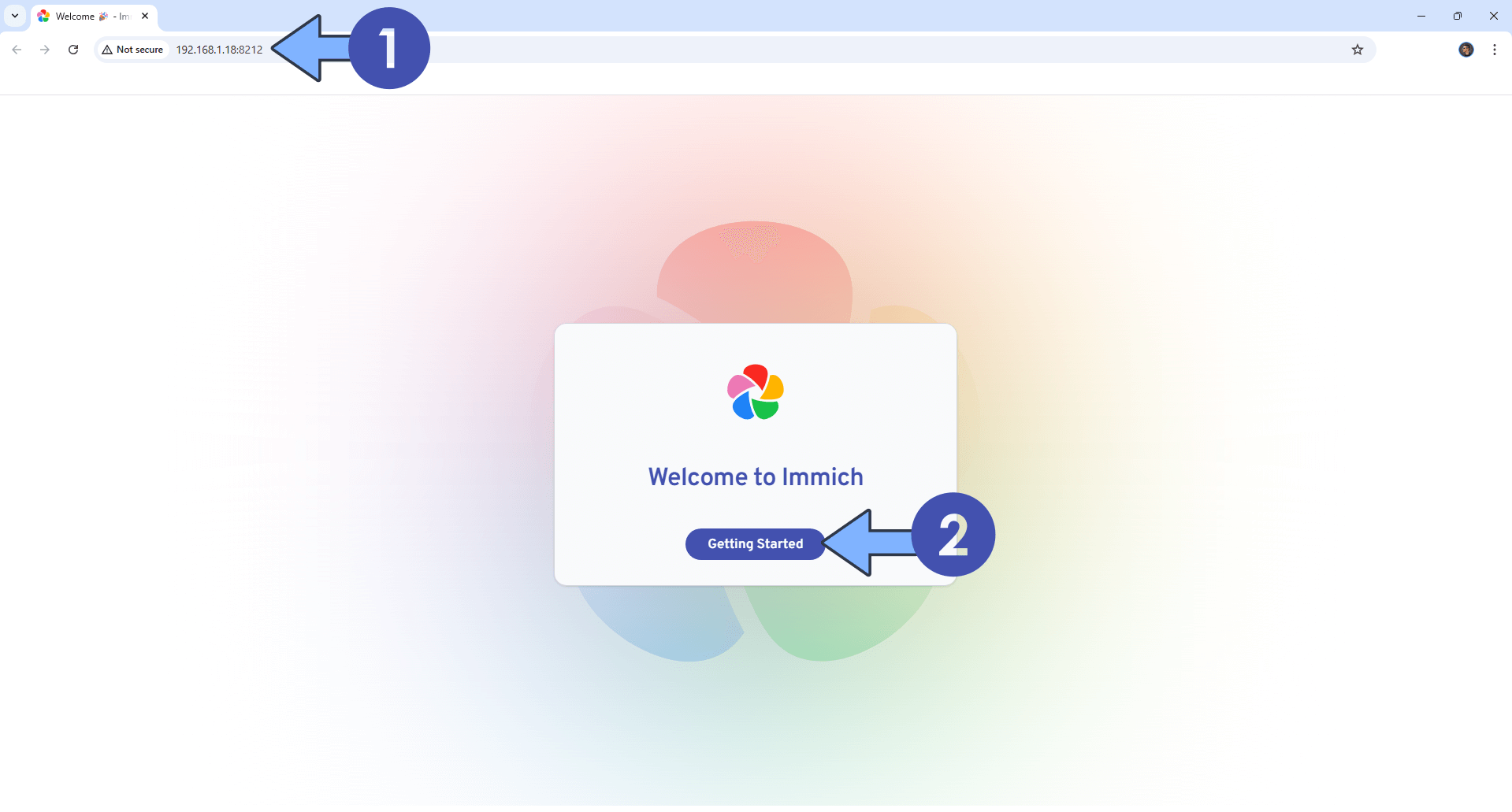
STEP 14
Add your own credentials then click Sign Up. Follow the instructions in the image below.
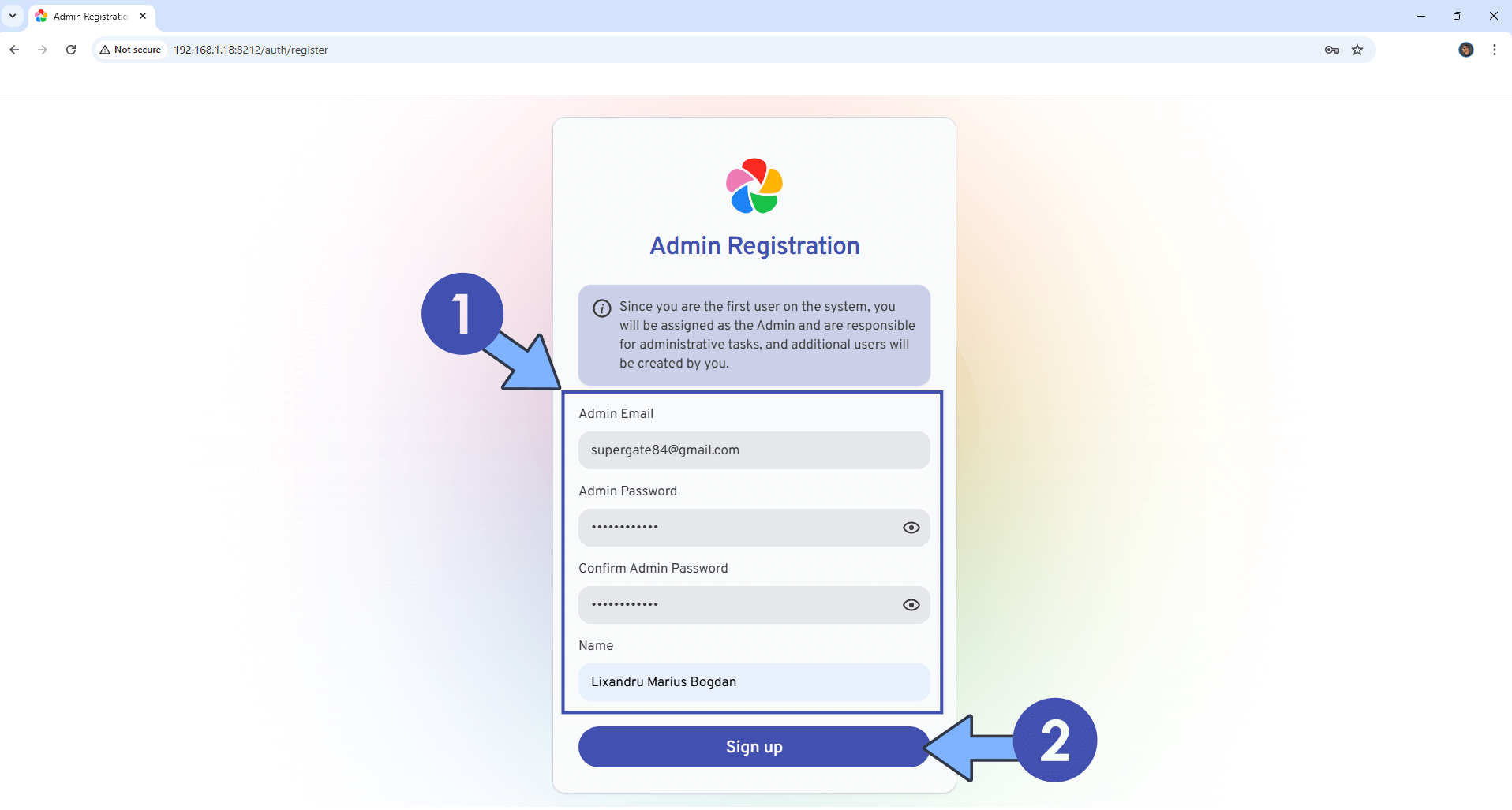
STEP 15
Add your own Email and Password that you have previously created at STEP 14. Click Login. Follow the instructions in the image below.
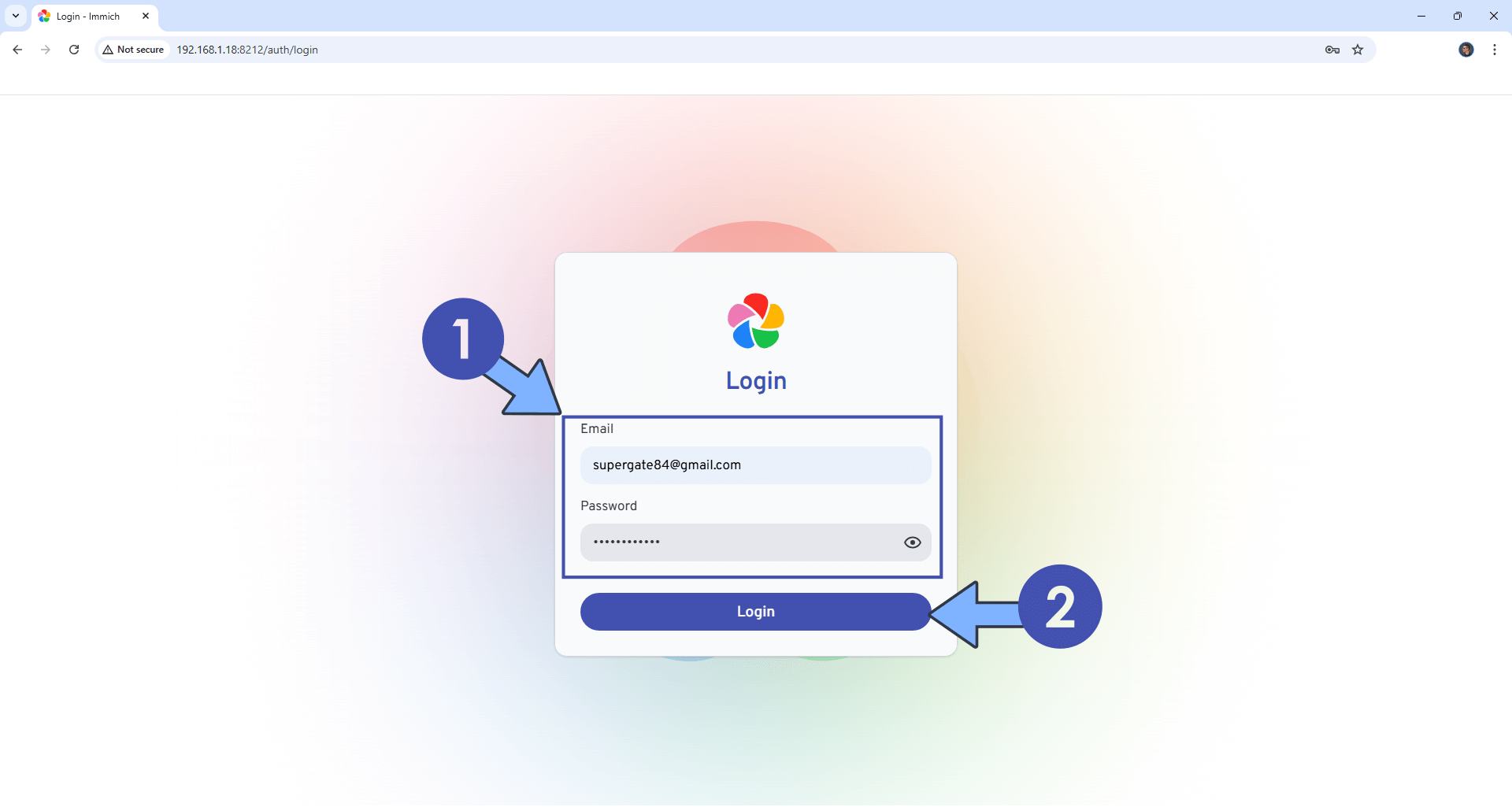
STEP 16
Click Theme. Follow the instructions in the image below.
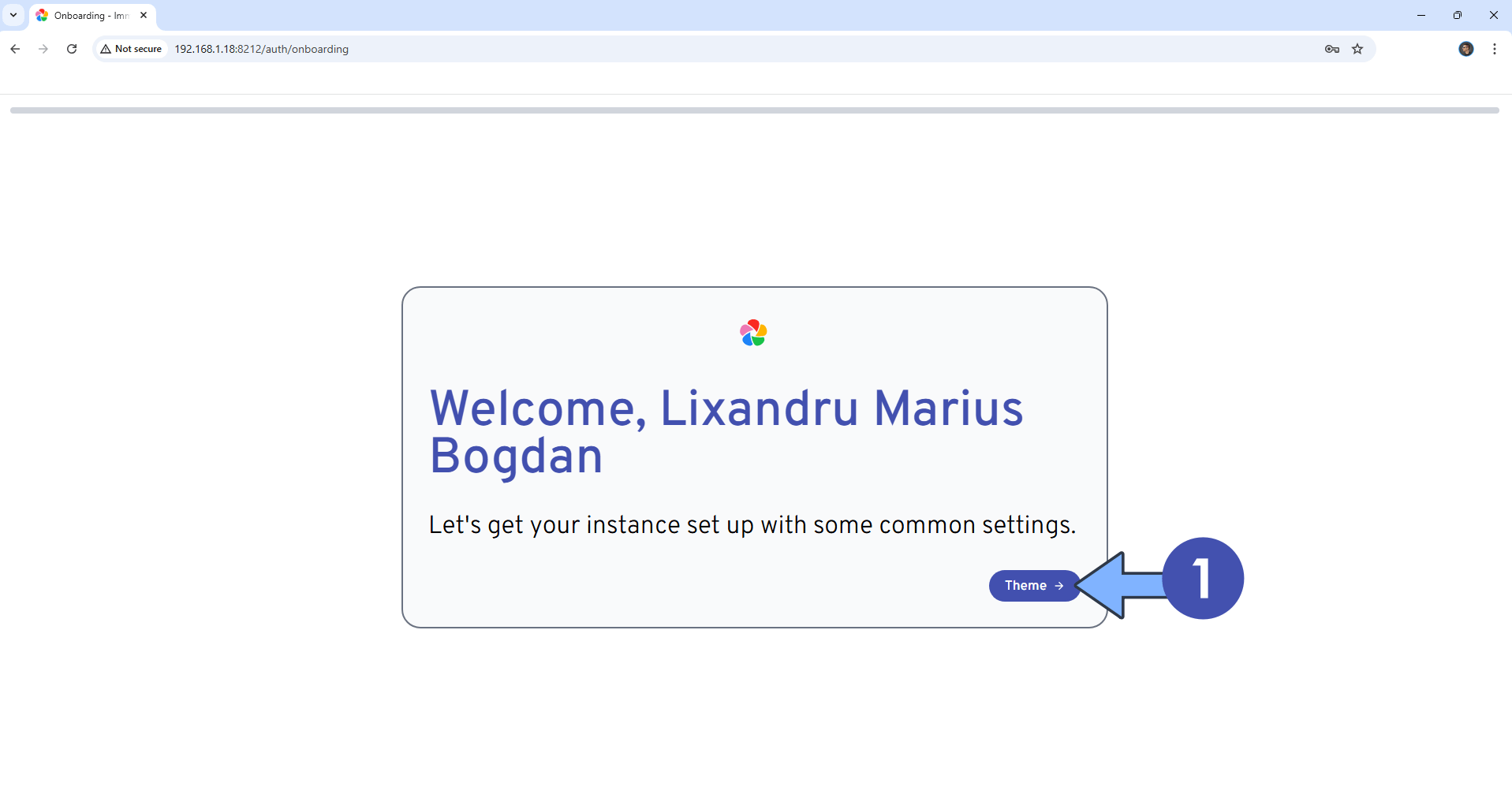
STEP 17
Choose a color theme for your instance, then click Language. Follow the instructions in the image below.
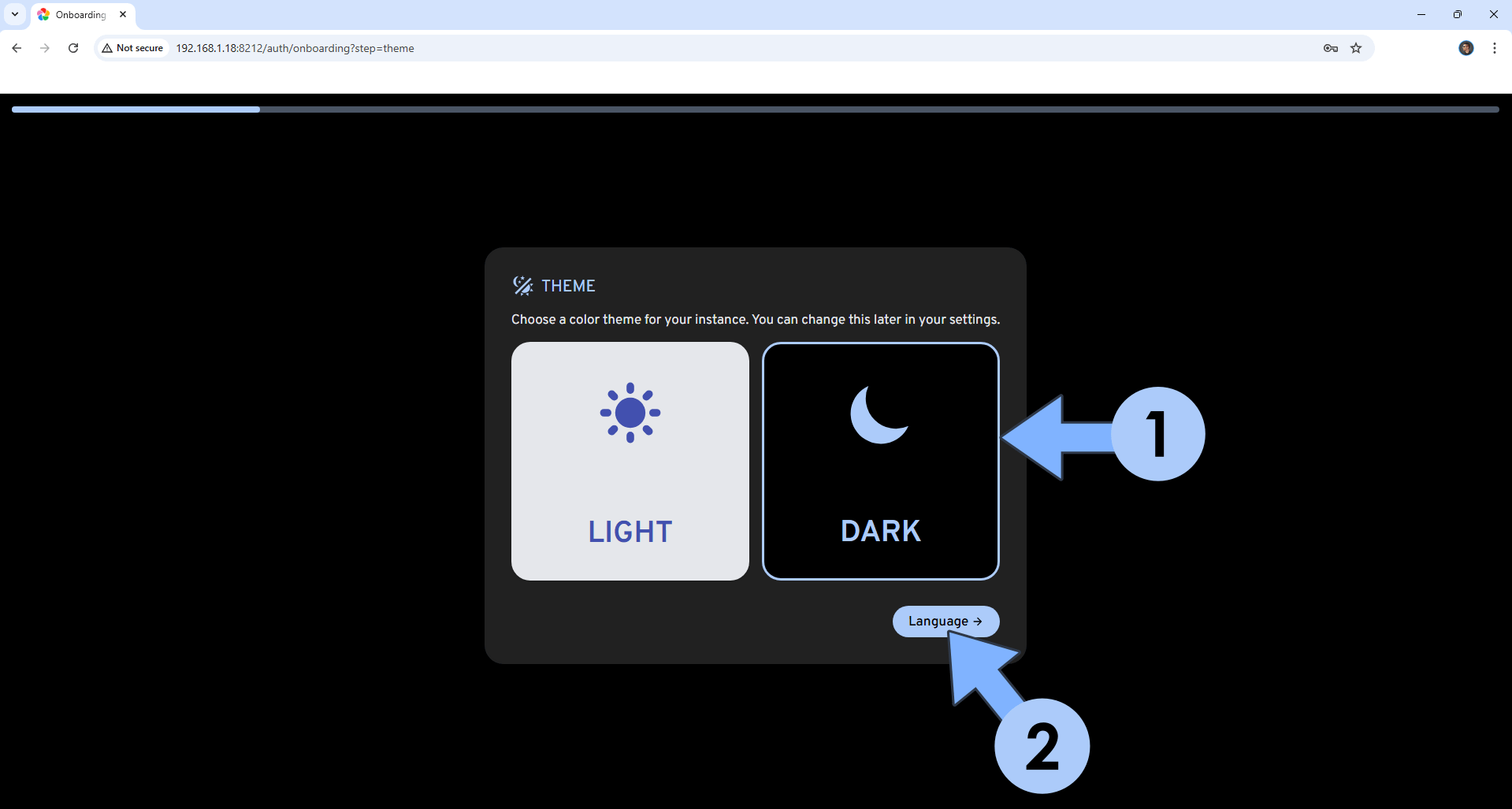
STEP 18
Select your own Language, then click Server Privacy. Follow the instructions in the image below.
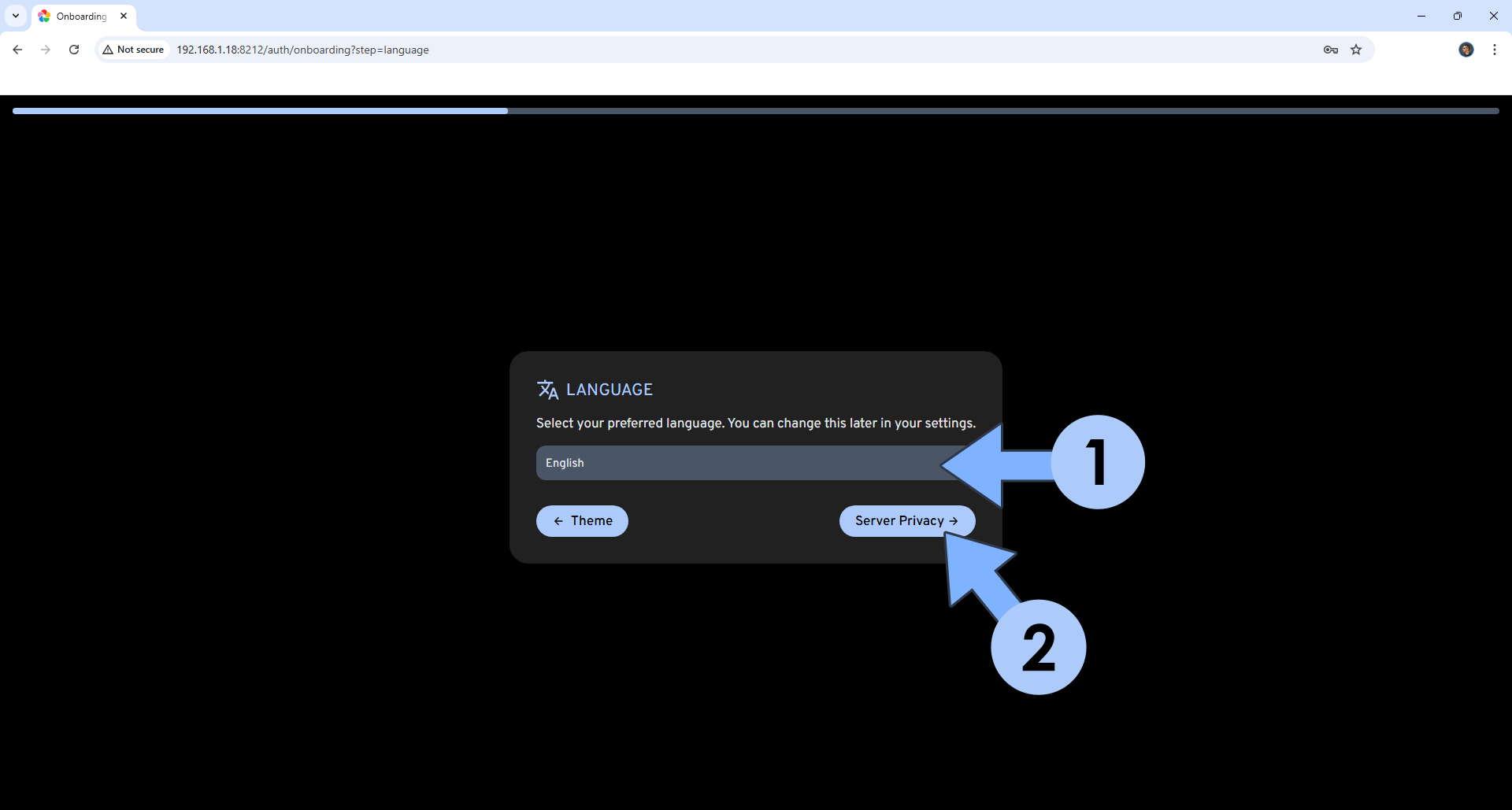
STEP 19
Turn on the Map and the Version Check, then click User Privacy. Follow the instructions in the image below.
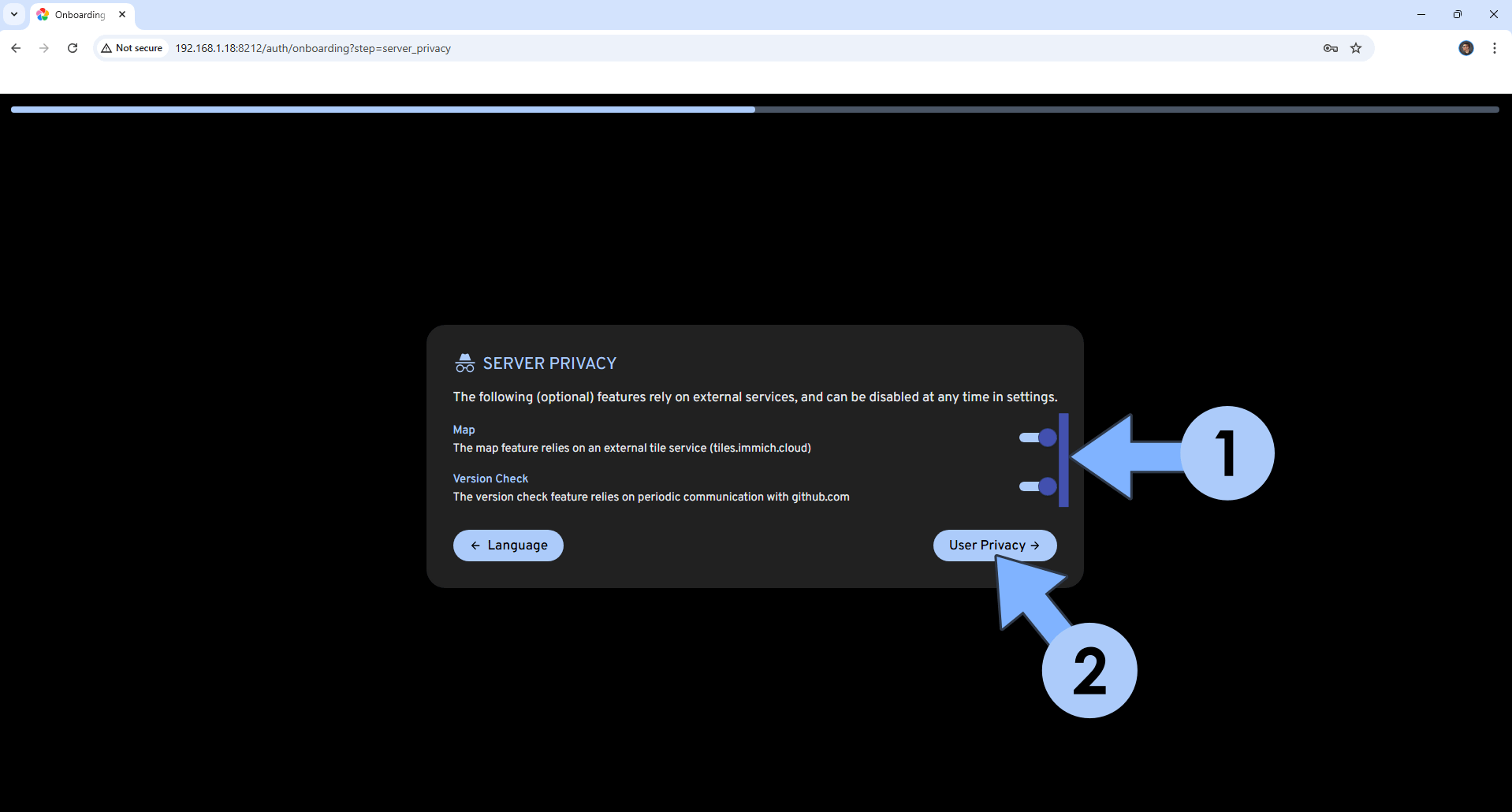
STEP 20
Click Storage Template. Follow the instructions in the image below.

STEP 21
Enable or Disable the storage template engine, then scroll down the page. Follow the instructions in the image below.
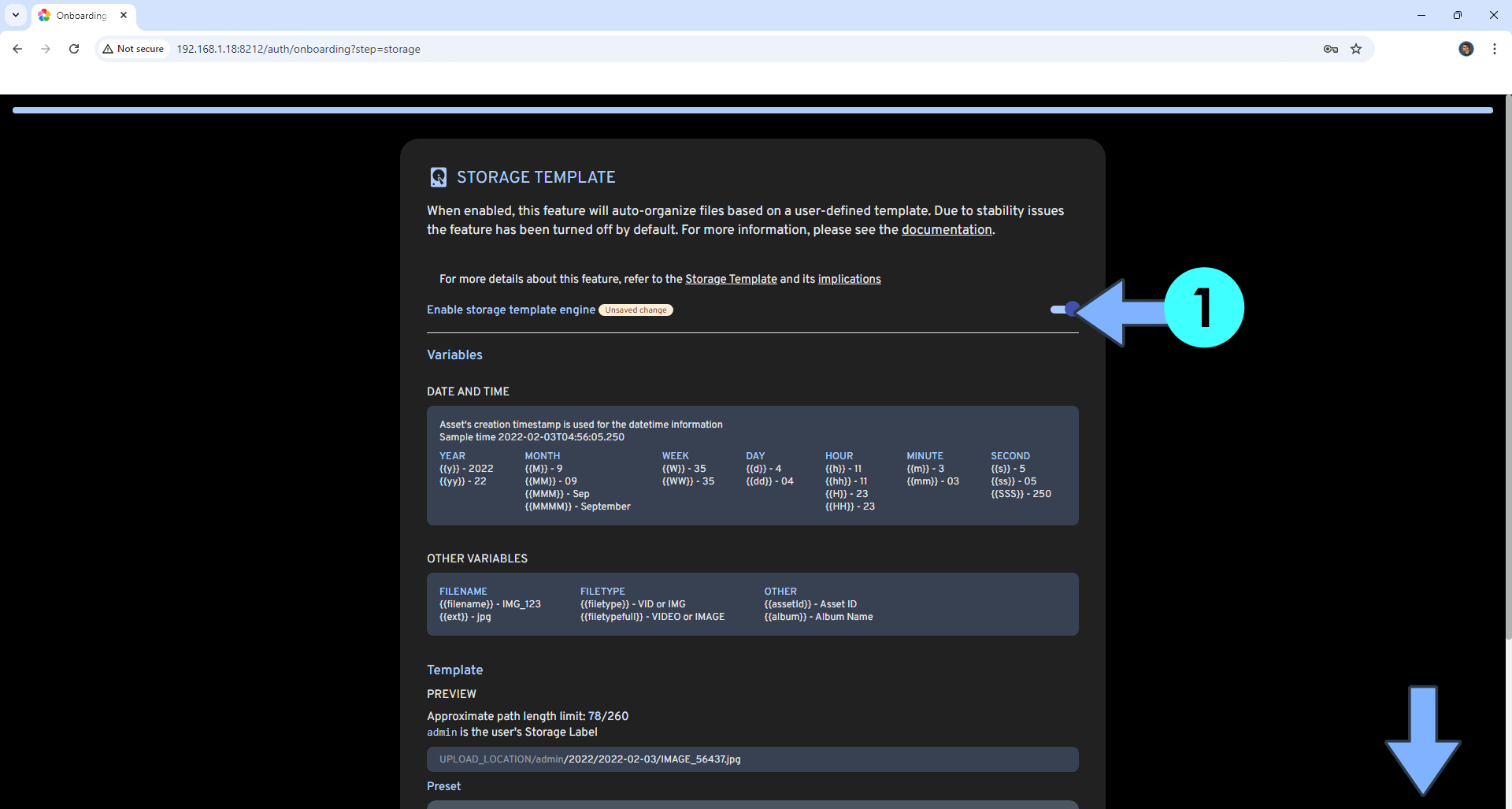
STEP 22
Click Backups. Follow the instructions in the image below.
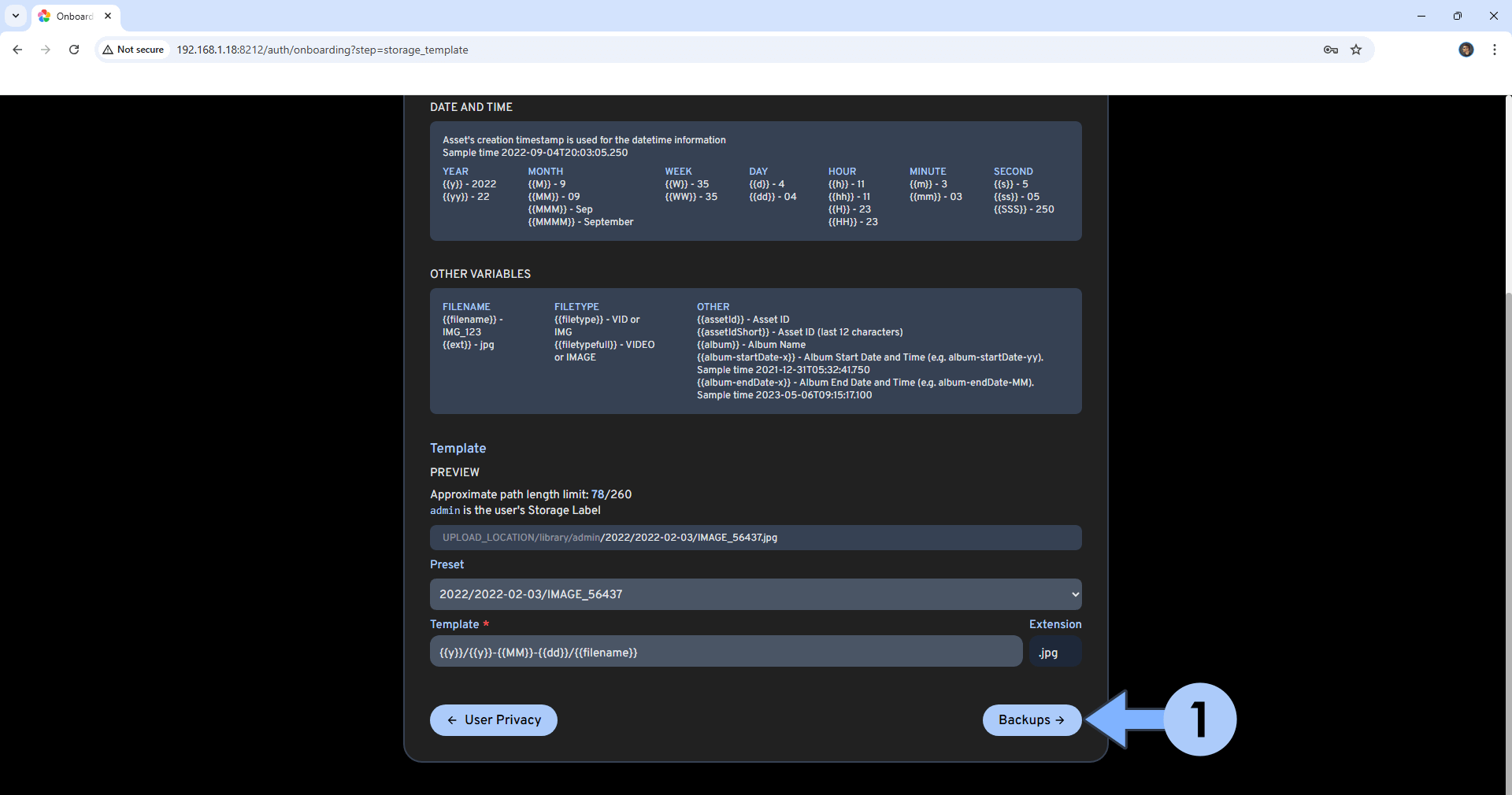
STEP 23
Click Mobile App. Follow the instructions in the image below.
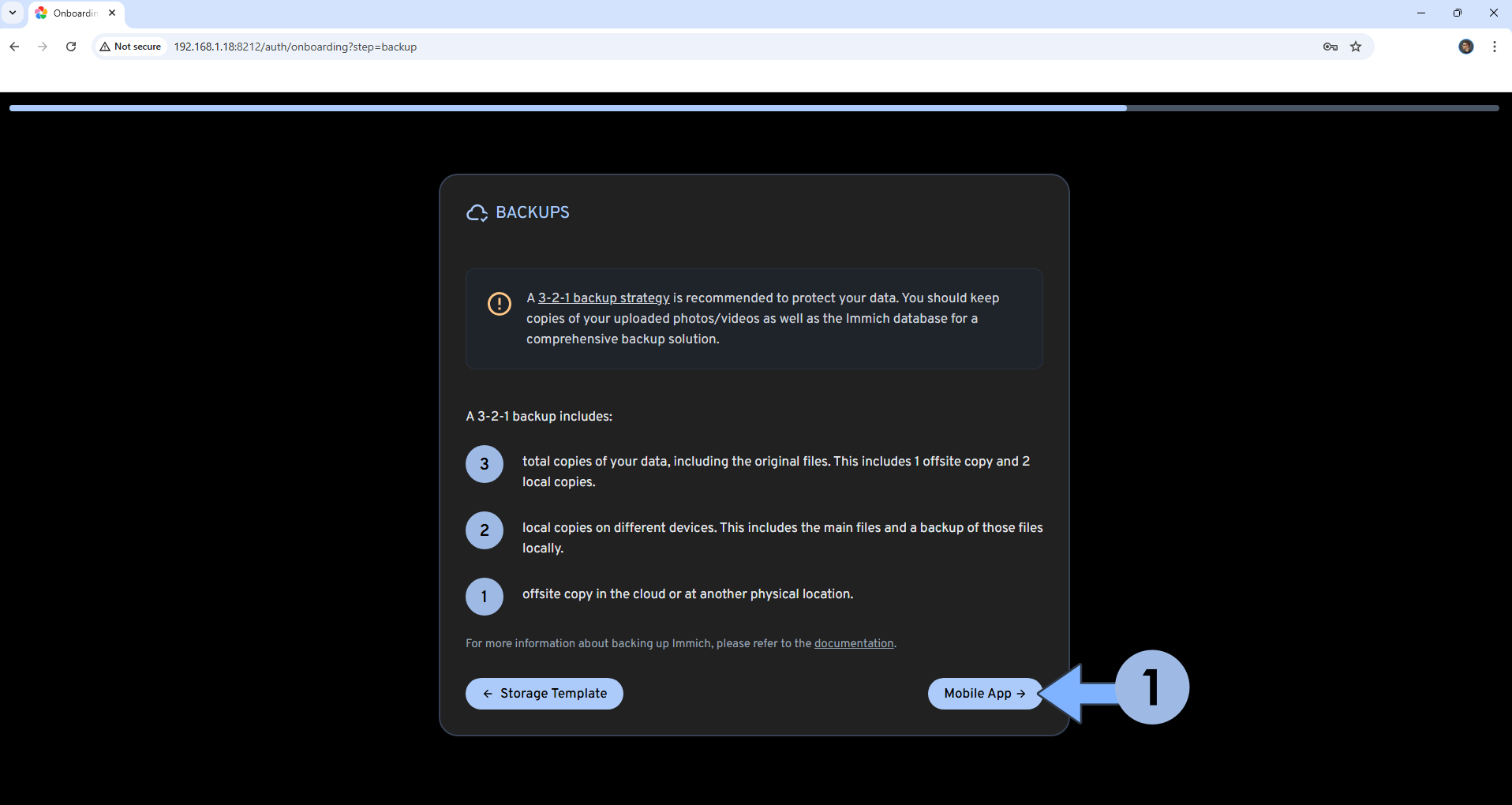
STEP 24
Click Done. Follow the instructions in the image below.
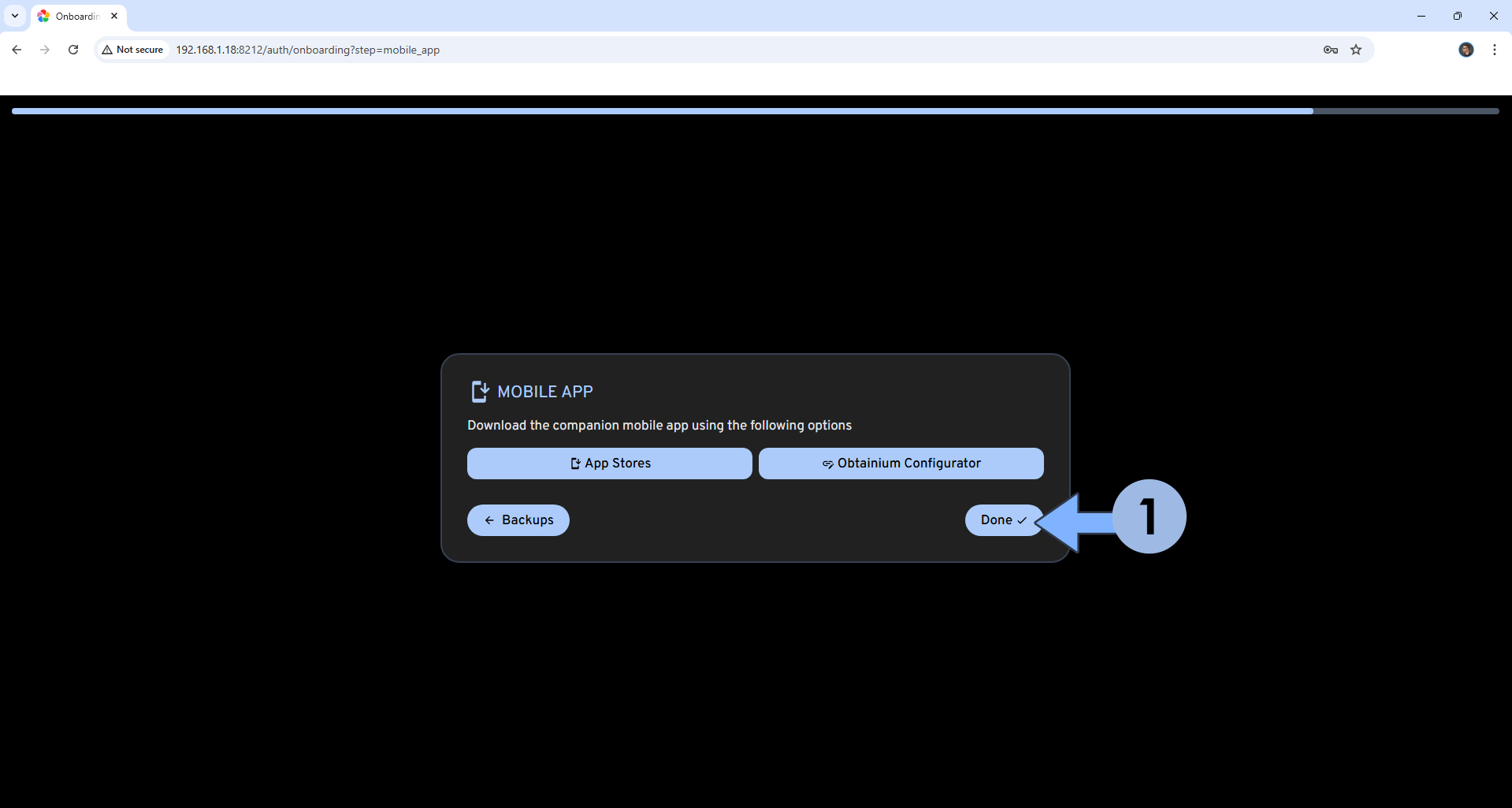
STEP 25
Click Upload to start uploading your own photos and videos. Your Immich Dashboard at a glance! Follow the instructions in the image below.
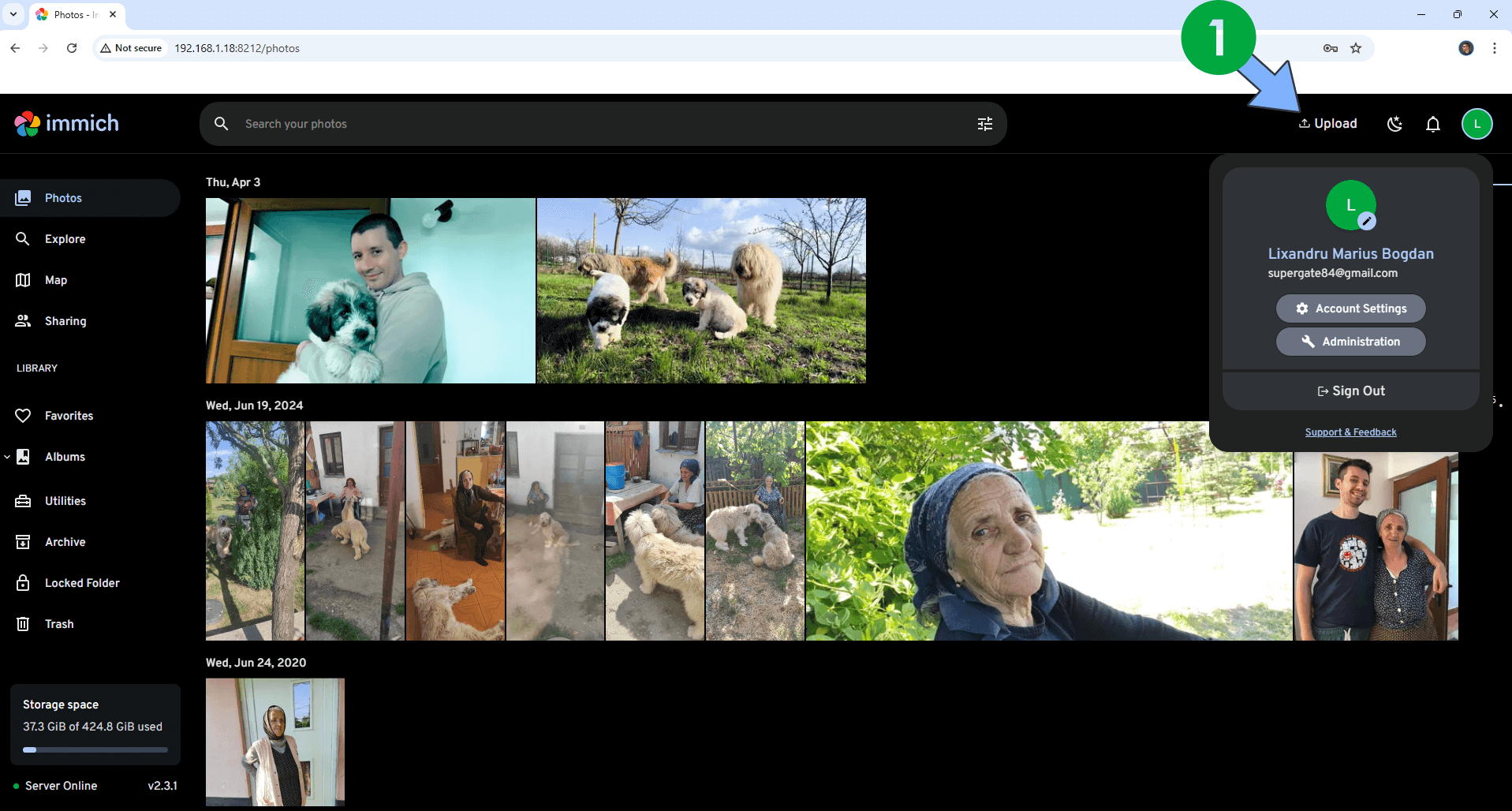
STEP 26
Watch your favorite video!

STEP 27
Set Up Email Notifications on Immich.
STEP 28
Run Immich via HTTPS so that you can use it even when you are not at home.
Enjoy Immich!
⚠️Note: If you encounter permission issues and not all containers are starting, ensure that your current NAS user has Read/Write permissions for the Docker folder in Control Panel > User & Group > Select the current NAS user > Edit tab > Permissions tab. You can also try to add Everyone read/write permission to the immich folder like this other article from STEP 5 to STEP 9.
⚠️Note: If you encounter connection issues, make sure Firewall RULE 6 has been added to your Synology NAS Firewall rules. Check out Firewall Rule 6 in my STEP by STEP article.
⚠️Note: If you have a Synology NAS from the DS 20x series, like the DS220+, DS920+, DS720+ and DS423+, make sure to use the redis:6 image instead of the redis image. So, at STEP 6, change the following line:
image: redis
with
image: redis:6Then update the stack in Portainer.
If you encounter issues by using this container, make sure to check out the Common Docker issues article.
Note: Can I run Docker on my Synology NAS? See the supported models.
Note: How to Back Up Docker Containers on your Synology NAS.
Note: Find out how to update the Immich container with the latest image.
Note: How to Free Disk Space on Your NAS if You Run Docker.
Note: How to Schedule Start & Stop For Docker Containers.
Note: How to Activate Email Notifications.
Note: How to Add Access Control Profile on Your NAS.
Note: How to Change Docker Containers Restart Policy.
Note: How to Use Docker Containers With VPN.
Note: Convert Docker Run Into Docker Compose.
Note: How to Clean Docker.
Note: How to Clean Docker Automatically.
Note: Best Practices When Using Docker and DDNS.
Note: Some Docker Containers Need WebSocket.
Note: Find out the Best NAS Models For Docker.
Note: Activate Gmail SMTP For Docker Containers.
This post was updated on Sunday / December 21st, 2025 at 3:47 AM
